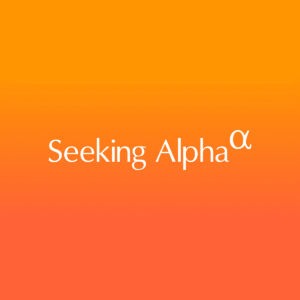Most night photographers use an ultra-wide angle lens. Some use longer lenses for deep-sky astrophotography. But what about the Nifty Fifty?

Enter the Nifty Fifty
Some people describe a Nifty Fifty as approximating what we see. I’m not really sure that’s quite right. But regardless, it is a “tweener” lens — not super wide, and not a zoom lens either.
But sometimes, just sometimes, that’s the lens to use. Sometimes, just sometimes, Goldilocks wins. Not to hot, not too cold. Just right.
Another bonus of a Nifty Fifty
Typically, they’re rather inexpensive as lenses go, particularly when you consider that they have wide apertures. For a Nikon F-mount 50mm, they are reasonably priced, although the Z-Mount version of the 50mm is a bit more pricey. A Canon 50mm is rather inexpensive. And if you purchase a Yongnuo Canon EF Mount, it’s even less.
Big, giant aperture to let in all that glorious light
Many Nifty Fifty lenses have very wide apertures. They, along with lenses such as an 85mm, are very popular for portrait photography. Why? Because photographers can choose wide apertures to produce more bokeh in the background, separating the subject more.
This wide aperture helps us as night photographers as well. After all, a wide aperture, or opening, lets in more light, which means that we can shorten our exposure. For the following two Comet NEOWISE photos, I actually “stopped down” (made the aperture smaller) to reduce some of the distortion of the stars in the corners.
When is a good time to use a Nifty Fifty for night photography?

There are times when an ultra wide lens will not properly feature a celestial event. However, a long lens, such as a 150-200mm lens, is too long to incorporate the foreground or even the landscape.
For example, I wanted to photograph Comet NEOWISE. Most of my lenses were ultra wide angle. Sure, I could use that, then crop in. But then I’d be losing resolution. And we want resolution, don’t we? Of course we do.
But my zoom lenses were too long (and not fast enough, as they were the less expensive variable-aperture sort).

With the above two photos, the 50mm lens was able to incorporate the radio telescopes as well as the comet. Not too much. Not too little.

Above is a photo of Comet NEOWISE and the radio telescopes, using a Pentax 15-30mm zoomed in to 30mm. That’s still quite good, but you can already see how different it is. This incorporates more foreground.
If I had used my Irix 15mm f/2.4 lens, Comet NEOWISE would have been considerably smaller, and would feel like a very small part of the photograph.
A Nifty Fifty is small enough to throw in your bag (well, don’t actually throw it…). If you think there’s half a chance it might come in handy, don’t hesitate to bring it along.









